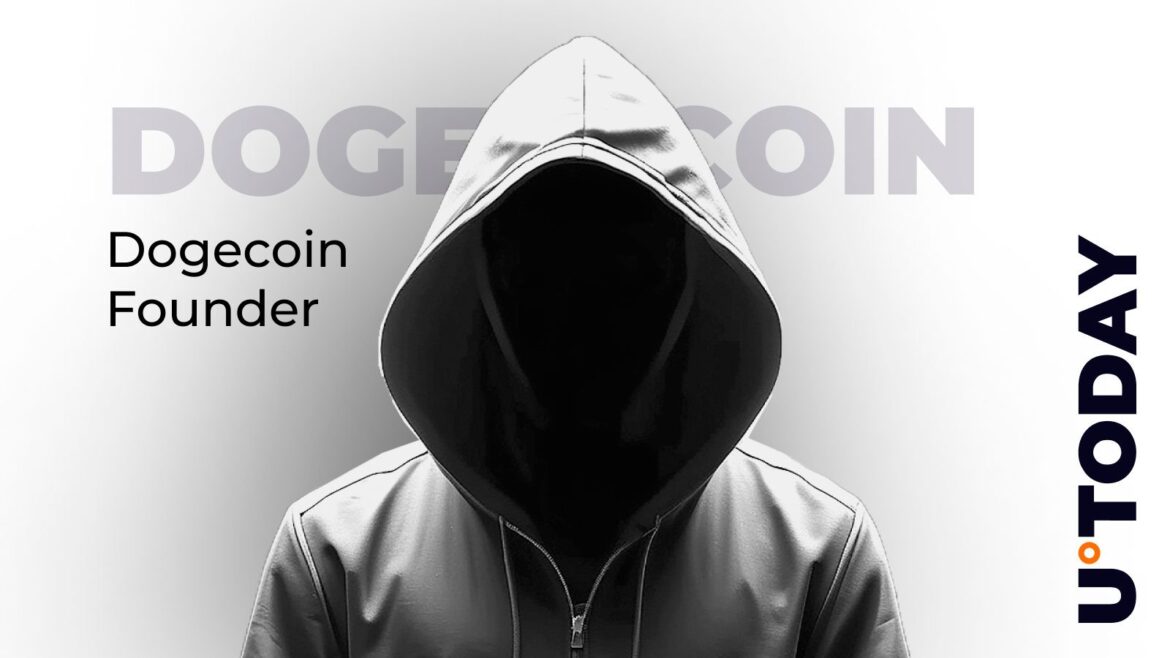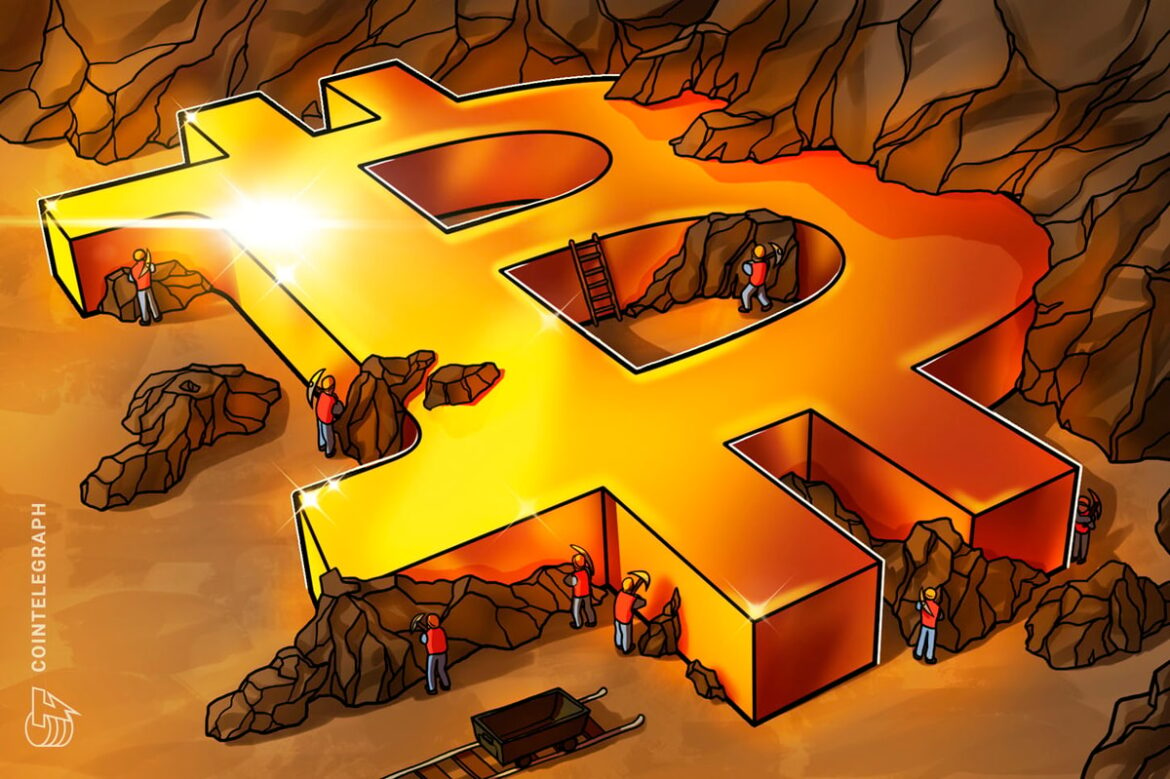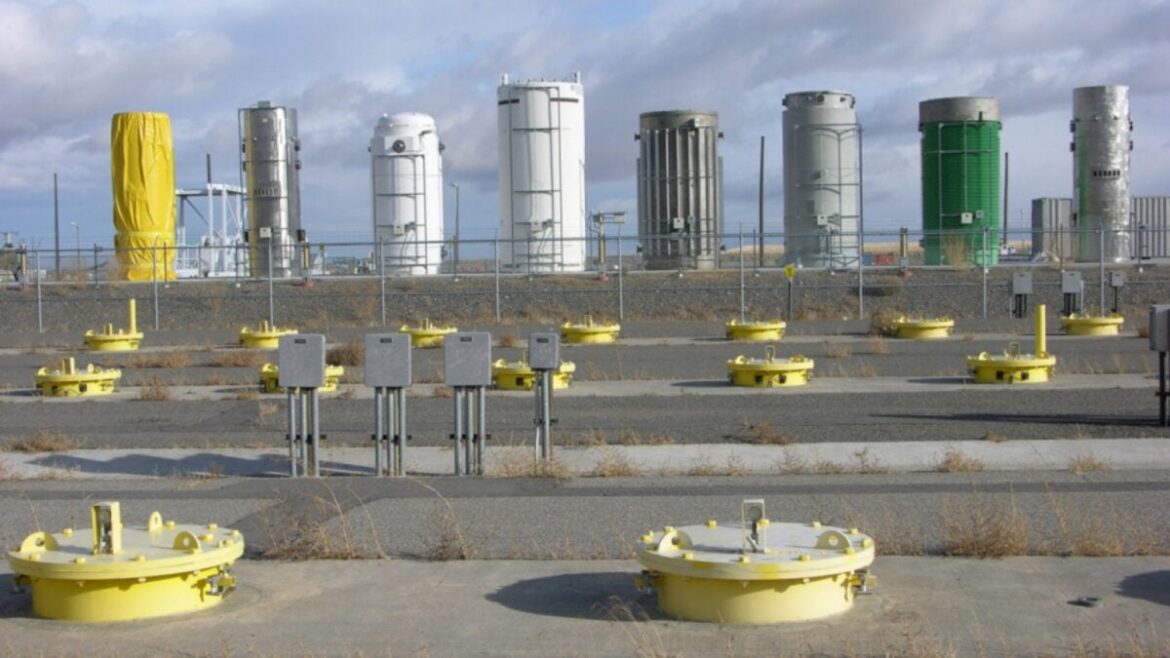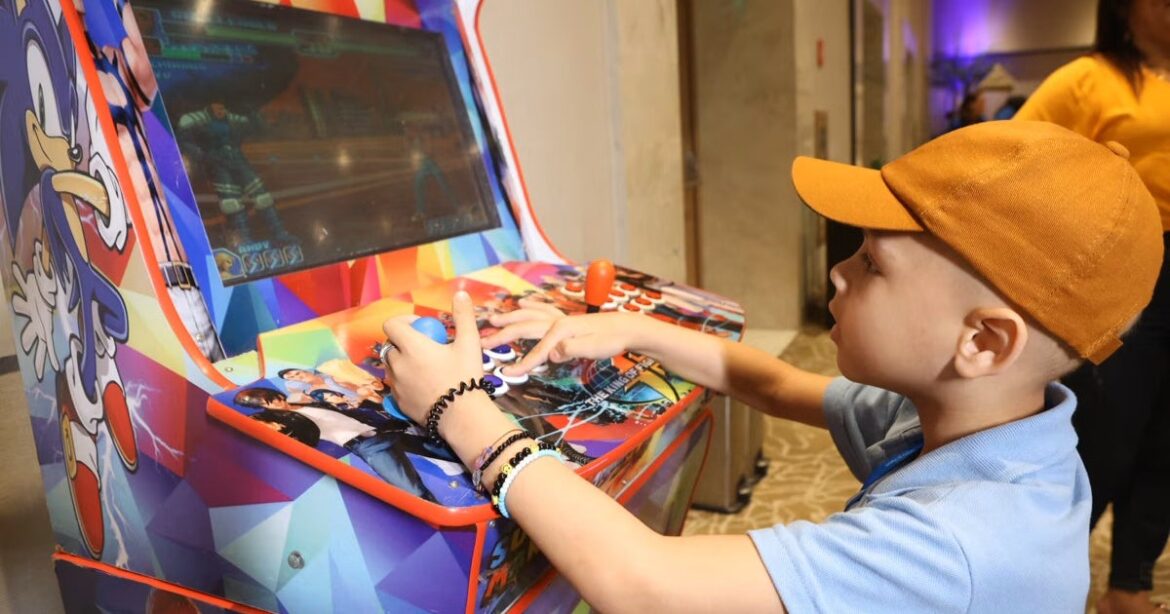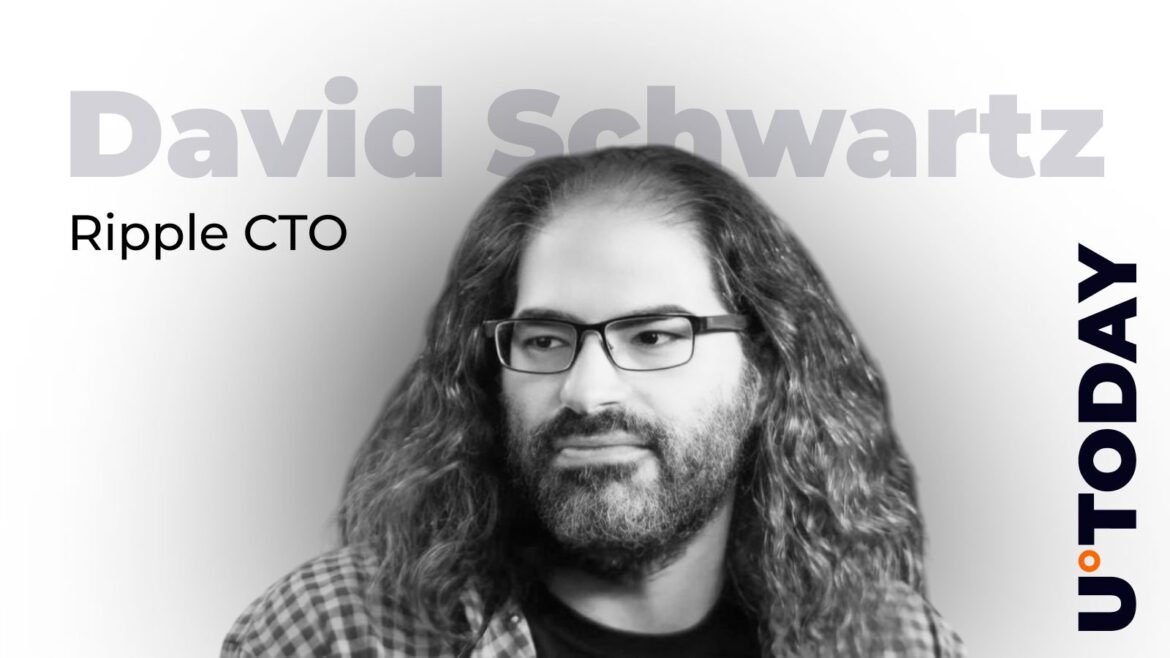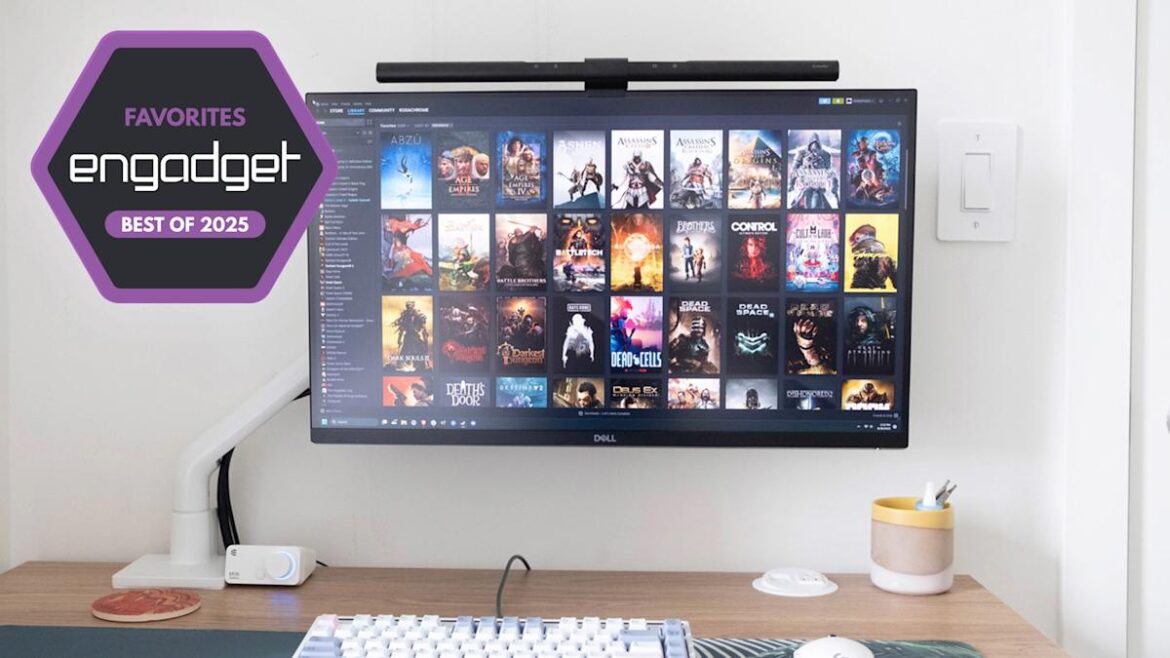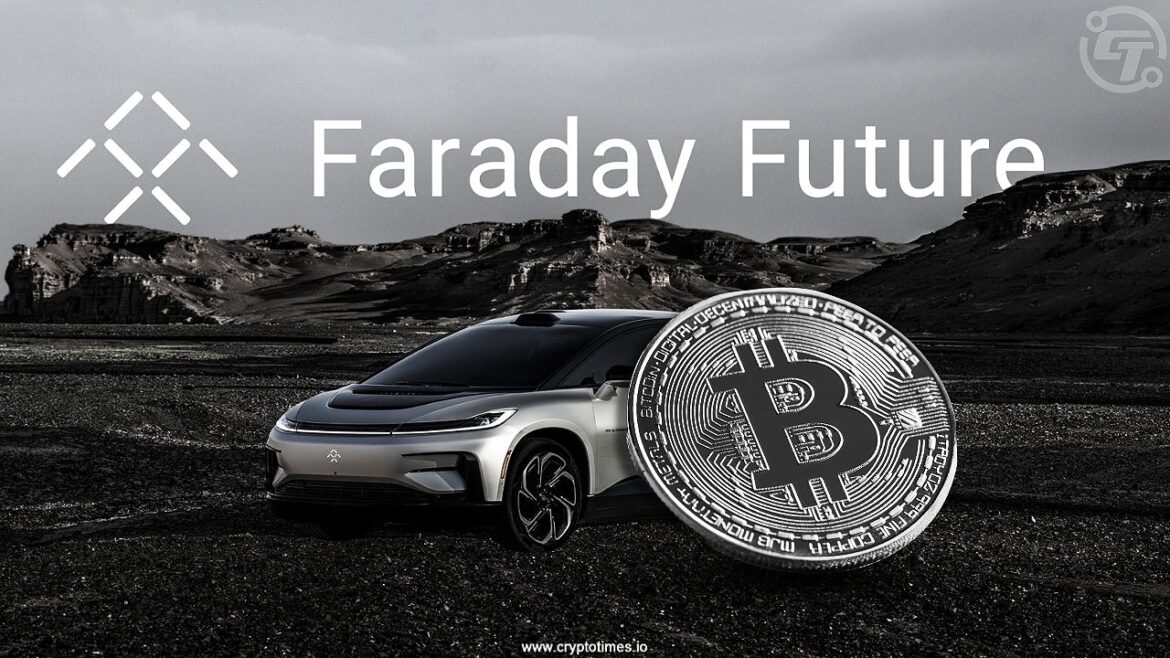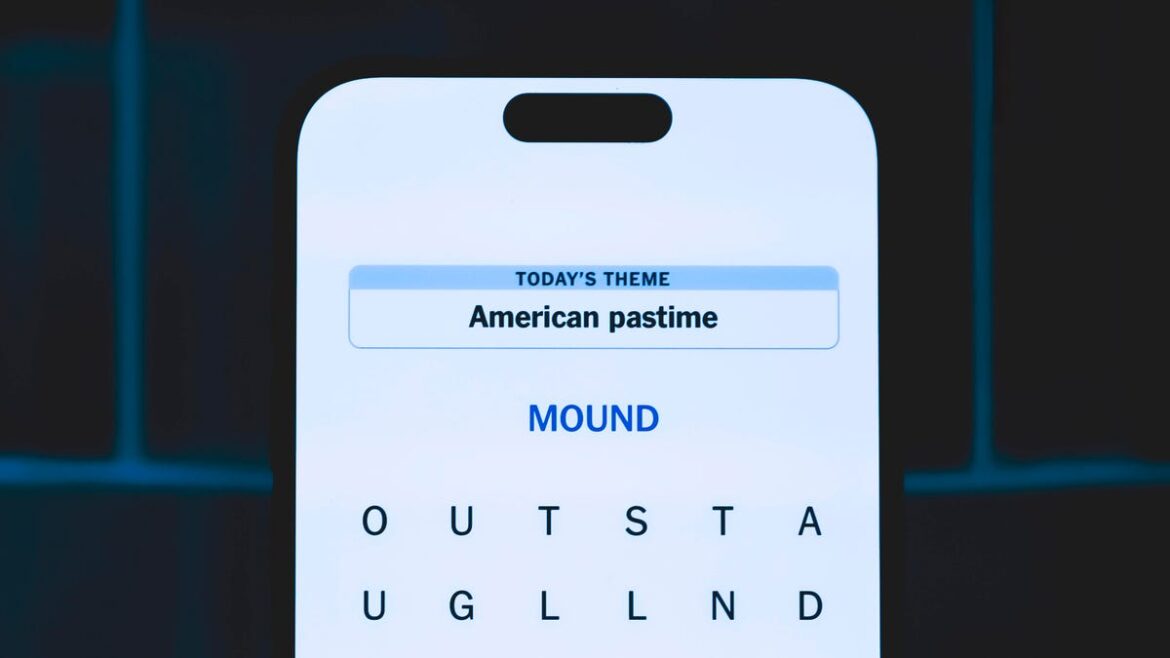Dogecoin (DOGE) founder Billy Markus, known on X as Shibetoshi Nakamoto for his sarcastic and ironic comments on cryptocurrency, has dropped a note on the current market outlook. In a post for his more than 2.2 million followers, Markus captured recent events with different crypto assets and their attempts to hit new levels.
Billy Markus mocks 2025 crypto price trends
Markus used a GIF of “Kermit the Frog” falling from a high rooftop to illustrate the price pattern with different crypto assets in 2025. He accompanied the GIF with the words, “Crypto when nearing ATHs in 2025.”
You Might Also Like
The Dogecoin founder’s post suggests he is making fun of the high anticipation most investors in the crypto space feel in bull market cycles. Notably, he is stating that, so far in 2025, crypto assets have consistently disappointed market expectations.
He observed that every time an asset’s price begins to climb toward its all-time high (ATH), instead of breaching the level, it often crashes sharply. Markus has constantly shared his thoughts on staying afloat in the crypto space, especially during rough times.
Markus could be using humor to pass on a message to investors in the crypto market. That is, investors should expect sudden downturns, as volatility is part of the crypto space. In past cycles, there has always been volatility, profit-taking and psychological resistance around ATHs.
Crypto collapse near ATH frustrates investors
Reacting to the post, a user, “Alpha Doge,” agreed with Markus’ stance and highlighted his frustration with the nose-dive pattern each time the price is nearing an ATH. He believed that crypto assets appear to be deliberately trying to drive investors over the edge.
You Might Also Like
Billy Markus’s message and general crypto market outlook highlight the need for traders not to get too comfortable with predictions. This is because crypto remains a volatile asset class.
For instance, Ethereum (ETH), the leading altcoin, has in the last seven days inched close to the ATH of $4,891.70 set in November 2021. However, it only managed to hit $4,761 before it came crashing to its current price of $4,260.93.

